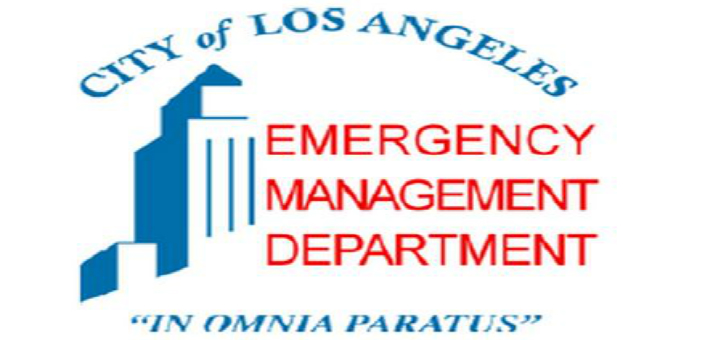Earthquake Preparedness in Cars
In collaboration with Councilmen Tom LaBonge and Mitchell Englander, this month’s Emergency Management Department (EMD) bulletin will discuss steps you can take to prepare yourself if you are in your car when an earthquake occurs. Given the large amount of time that residents of Los Angeles spend in their cars, knowing how to react to an earthquake while driving is essential.
If you are in the car when an earthquake occurs:
- Stay in the car.
- Pull to the side of the road, and stop as quickly as safety permits.
- Use a GPS tracking device or a satellite messenger to send an emergency assistance request
if there is a severe medical emergency. A satellite messenger advanced GPS device is able to
send your exact GPS coordinates and selected messages over commercial satellites to tell
others of your location and status. - Avoid stopping near or under buildings, trees, overpasses, and utility wires.
- Do not attempt to drive across bridges or overpasses that have been damaged.
- Proceed cautiously after the earthquake has stopped, watching for road and bridge damage.
Car emergency kits should include:
- Local maps
- Short rubber hose for siphoning
- Fully equipped first aid kit
- First aid manual (comprehensive)
- Bottled water (rotate every 2-3 months)
- Non-perishable foods
- Blanket or sleeping bag
- Flashlight with extra batteries and bulb
- Fire extinguisher (CO2)
- Pocket radio with extra batteries
- Tissues and pre-moistened towels
- Tools (screwdriver, pliers, wire, pocket knife, can opener and duct tape)
- Extra clothes and sturdy shoes
- Sealable plastic bags
- Matches
- Toiletries
- Work Gloves
- Prescription medicine
Note:
Do NOT carry spare gas in the trunk. Instead, keep your vehicle’s gas tank at least half-full at all times.
